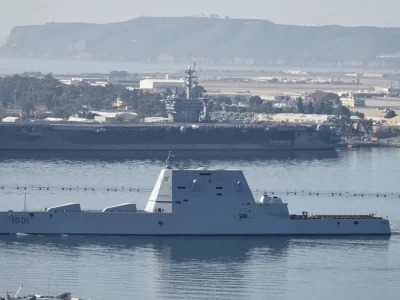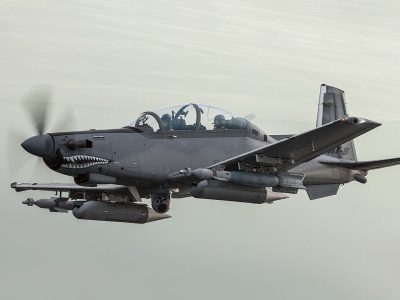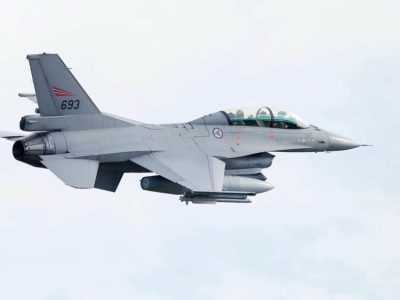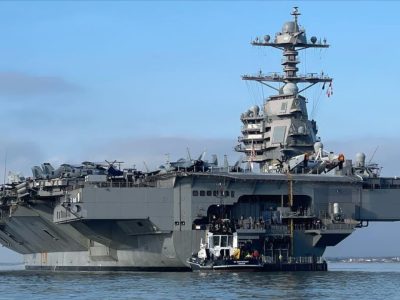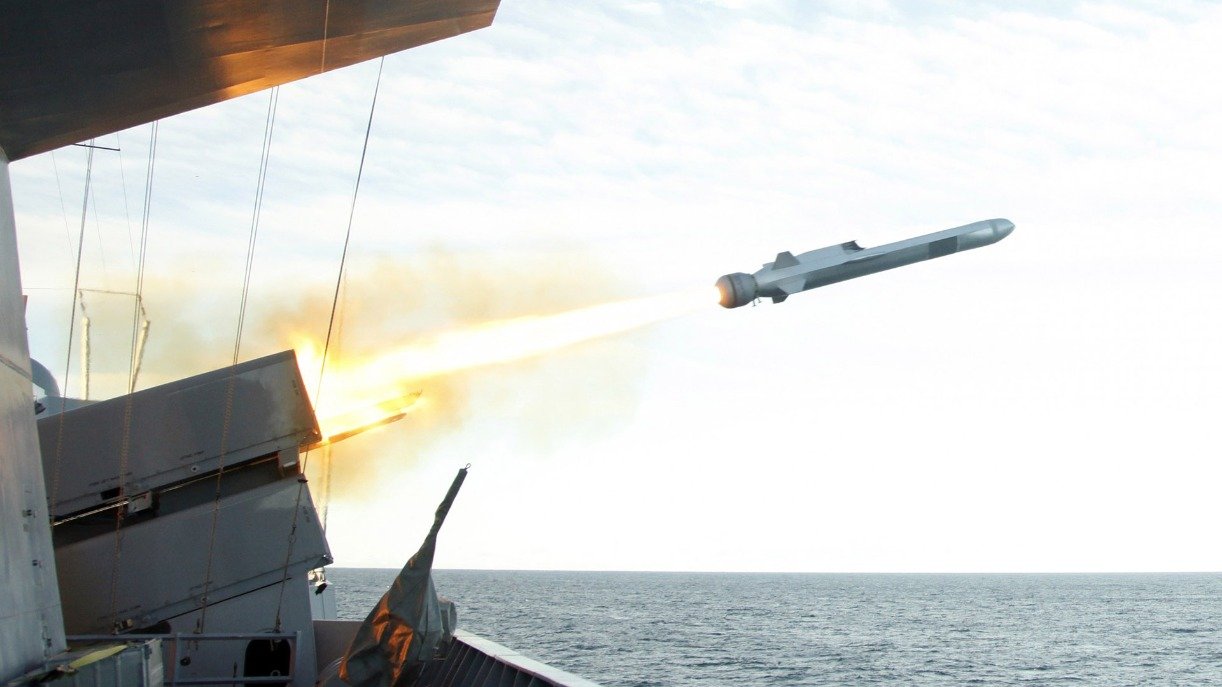
The Naval Strike Missile may not be widely fielded now, but it looks to have a bright future ahead.
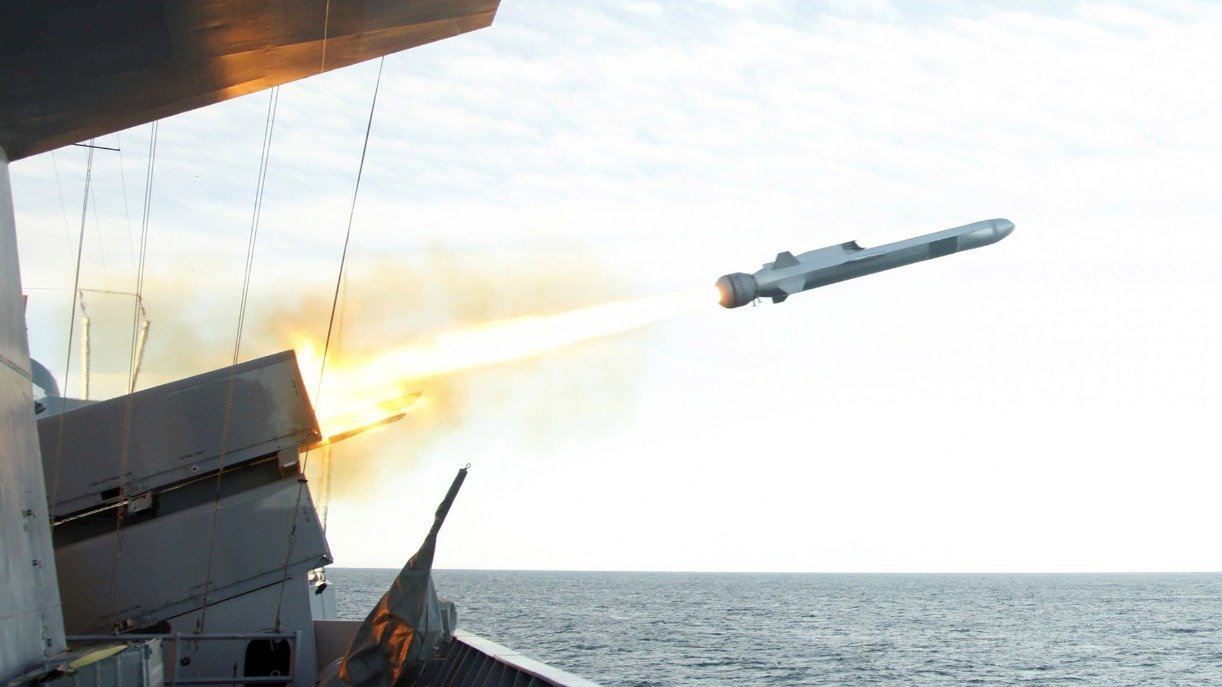
The modern age of the missile at sea was arguably kicked off in October 1967, when the Israeli destroyer Eilat, sailing fourteen miles off the coast of Port Said, was ambushed by a pair of Osa-class guided missile boats. The missile boats launched four missiles, three of which hit the ex–Royal Navy destroyer, sinking her and killing forty-seven sailors.
The sinking of the Eilat was an earthquake in the world of naval warfare and set off an arms race in the field of antiship missiles. Within ten years all major navies had their own ship-killing missiles, a rivalry that continued until the end of the Cold war. Now, with the Chinese and Russian navies resurgent, many countries (including the United States) are looking to replace their aging antiship missile arsenals with a new, modern design.
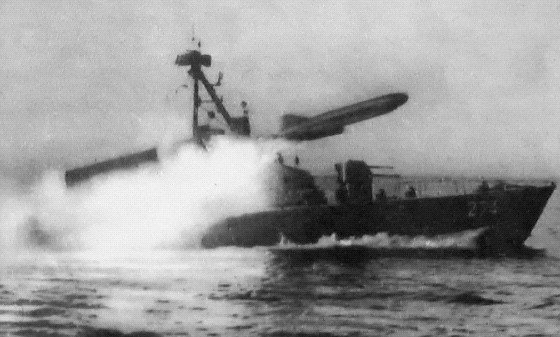 The sinking of the Eilat
The sinking of the Eilat
One of the newest tactical missile designs around is built by the Norwegian firm Kongsberg. A Russian neighbor with a very long coastline, Norway required a modern missile capable of defending that coastline. The result is the Naval Strike Missile (NSM), a clean-sheet design that Kongsberg describes as “the only fifth generation long range precision strike missile in existence.”
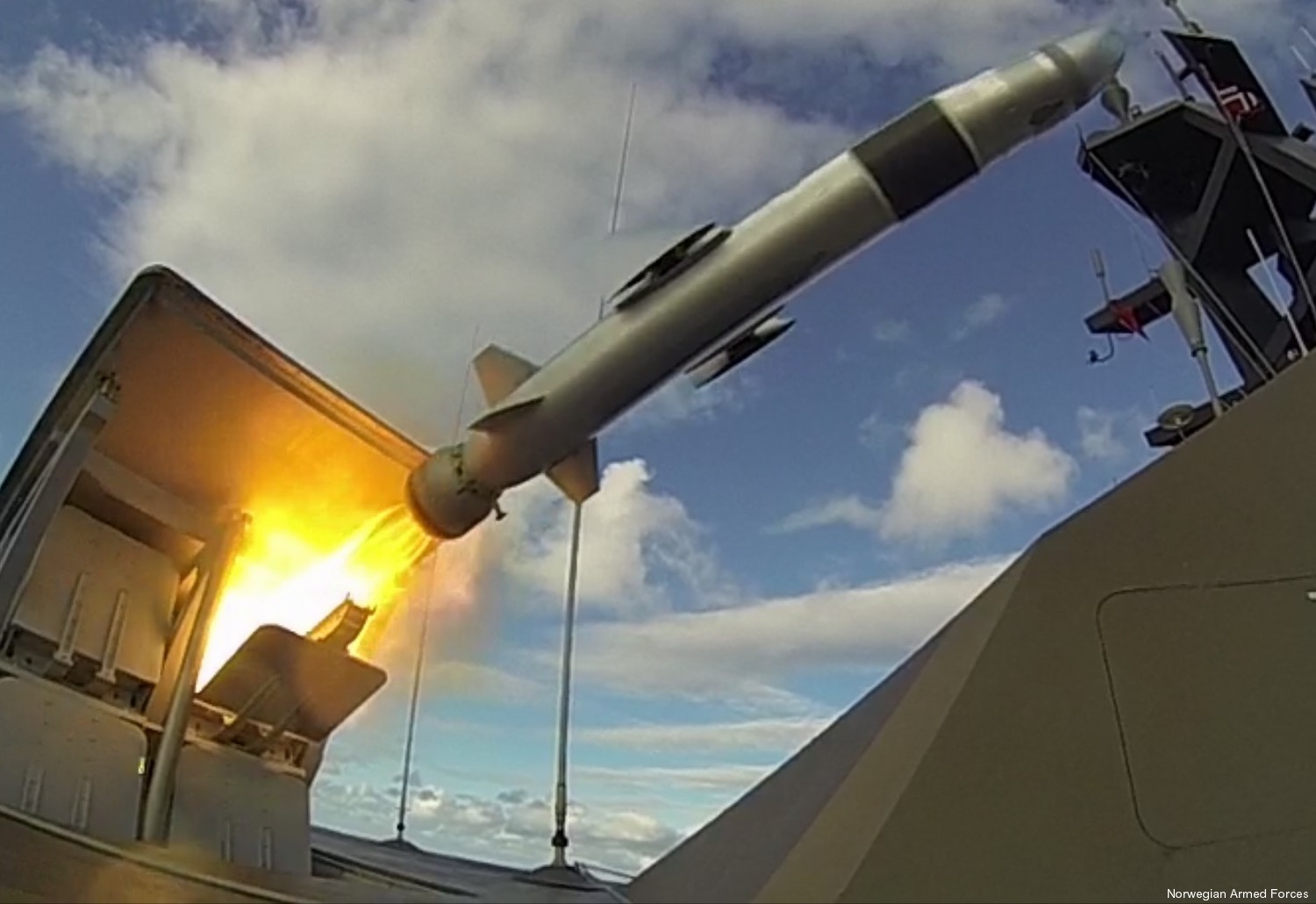
NSM is launched from a helicopter or ship platform by a solid rocket fuel booster that quickly accelerates the missile to cruising speed. Seconds later, the turbojet engine kicks in and the missile continues on to target. NSM has a range of just over one hundred miles.
US Navy Adds Powerful New Stealth Missile in Pacific – Naval Strike Missile:
Unlike supersonic missiles such as the Russian P-800 Oniks, which is capable of Mach 2.5, NSM stays well below supersonic speeds. Kongsberg, according to an industry rep interviewed at the 2013 DSEI show in London, England, believes in “smart missiles, rather than speedy missiles.” This philosophy has created a totally different missile than existing designs. Rather than attempt to overcome enemy defenses with a fast missile, Kongsberg instead made its missile more difficult to detect and therefore more difficult to shoot down.
NSM is designed to be low-observable not entirely stealthy, but Kongsberg made design decisions to reduce the missile’s radar signature. Other antiship missiles such as the American Harpoon and French Exocet are not stealthy at all. NSM combines this with a sea-skimming capability, flying low over the wavetops to stay off enemy radar until the last possible moment.
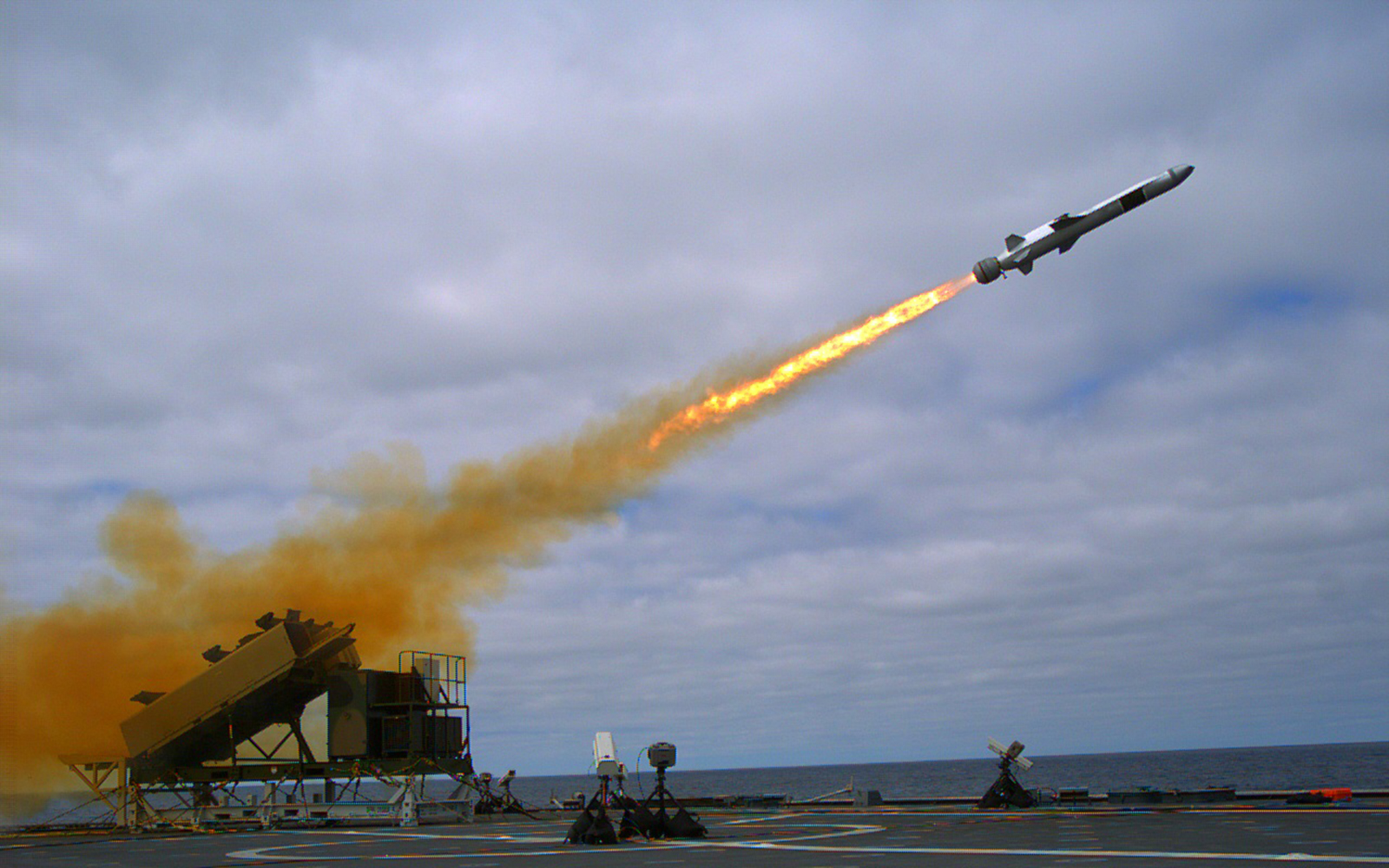
Most antiship missiles on the global arms market use an active radar seeker to home in on their targets. Although effective, this broadcasting of a radar signal gives defenders another means of detecting an inbound missile with their electronic support measures equipment. NSM uses passive imaging infrared sensors that don’t radiate an identifiable signal.
Passive countermeasures aren’t the only tools in NSM’s toolbox. The missile is capable of high-G maneuvers in the terminal phase, making its path difficult to predict. This is especially useful against gun-type close-in weapon systems, such as Phalanx CIWS or the Chinese Type 730, that fire on predicted missile paths.
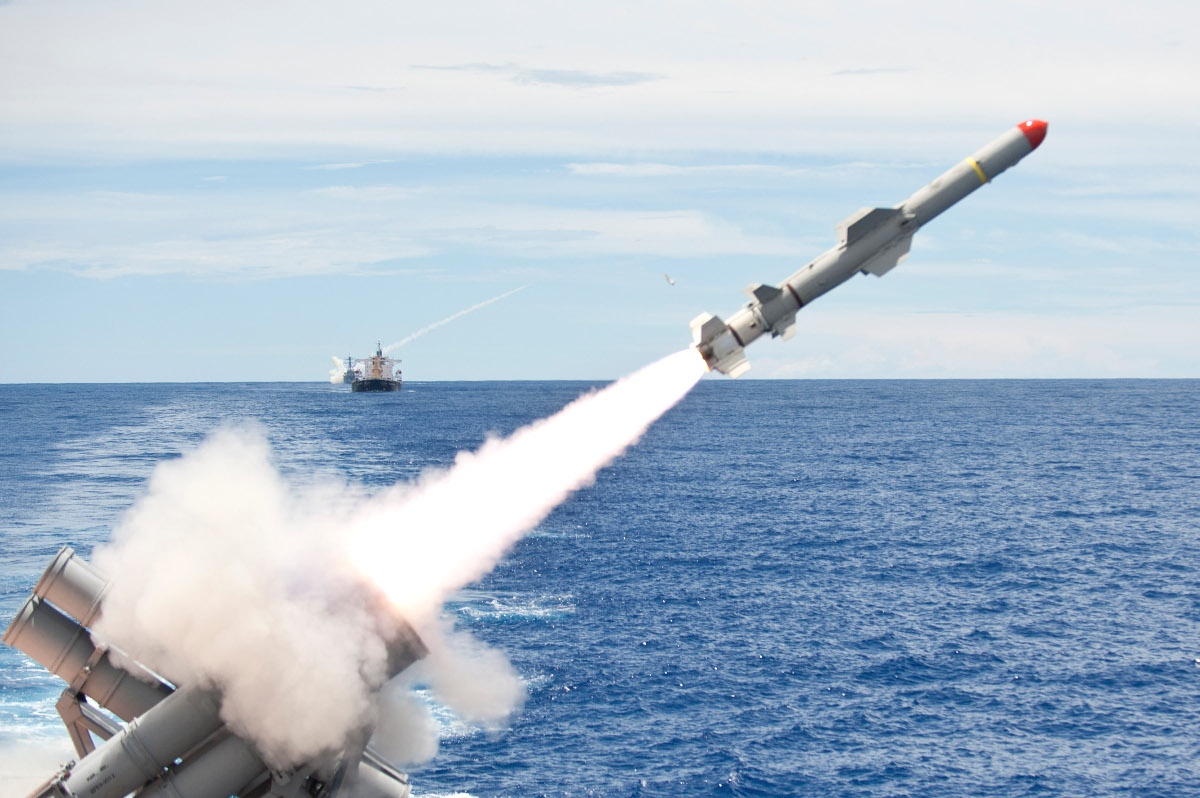
Moments from impact, the missile’s Autonomous Target Recognition searches an enemy task group for the exact ship to target. Furthermore, Naval Strike Missile has target hit point selectability, meaning it can be programmed to strike a certain part of a certain enemy ship, such as the bridge. On impact it delivers a 276-pound high-explosive wᴀʀhead. The wᴀʀhead has a programmable fuse, allowing it to detonate on contact with an enemy ship or deep within an enemy ship’s interior. The missile is described as having a titanium wᴀʀhead, which is likely to help penetrate enemy hulls.
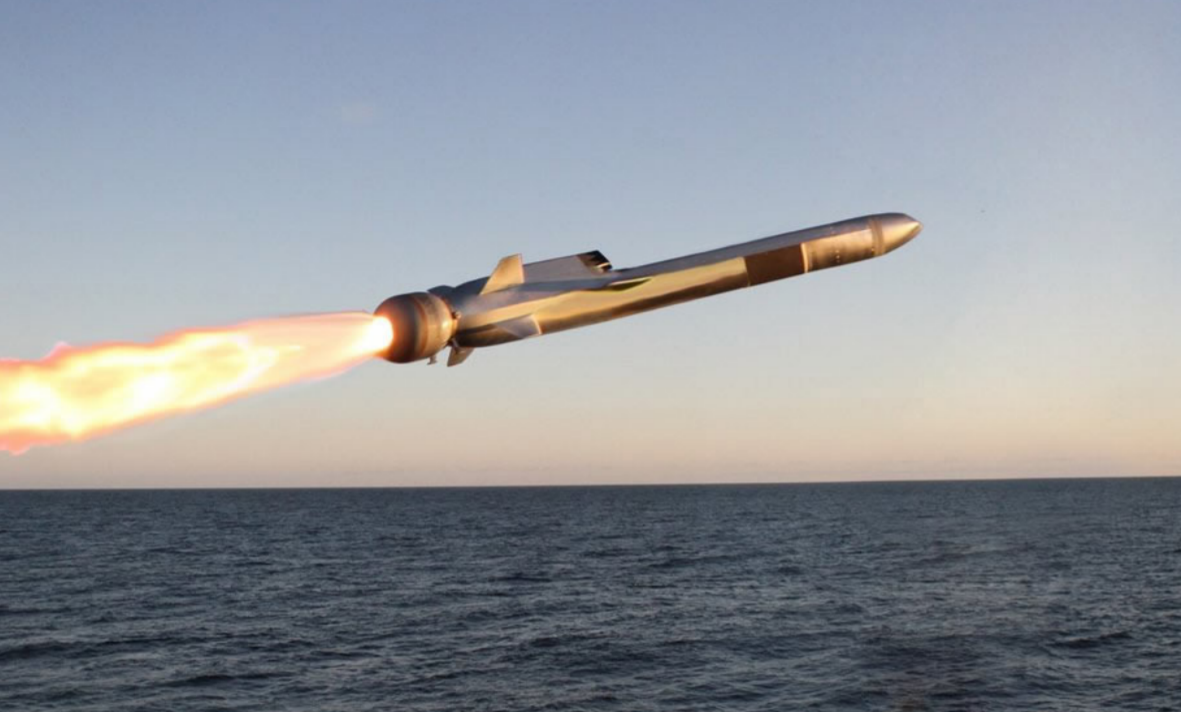
NSM is currently in service with the Norwegian Navy, where it arms the Fridtjolf Nansen–class Aegis frigates and the Skjold fast attack boats. It is also operational with Poland’s Coastal Missile Division, which employs a truck-mounted version. The U.S military, searching for a replacement for Harpoon, is very interested in this versatile missile, which could go on to arm Seahawk helicopters, cruisers, destroyers and the littoral combat ship (LCS). The missile was test fired from the USS Coronado in 2014, striking a mobile test ship target off the coast of California. Kongsberg apparently thinks NSM has a bright future in the United States as it has already firmed up plans to manufacture them in Kentucky in cooperation with Raytheon.
Kongsberg has developed a variant of the NSM known as the Joint Strike Missile (JSM). JSM is meant for long range strike against both land targets and ships. The missile was designed to fit in the internal weapons bay of the F-35 Joint Strike Missile. To accomplish this, the turbojet’s air intake was moved from the bottom of the missile to both sides of the aircraft, and the missile’s fins were altered.
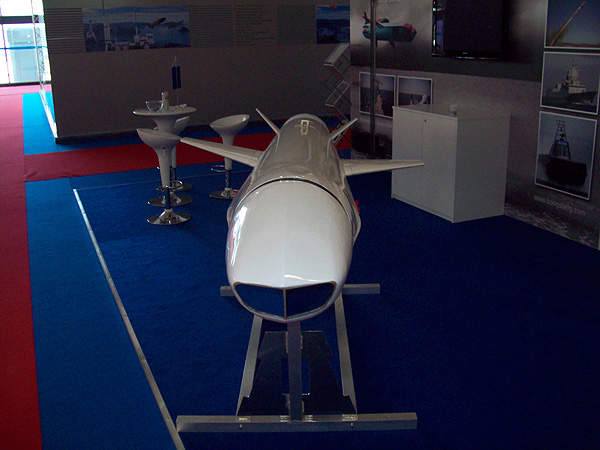
A consequence of making the JSM fit inside the F-35 is that it is now compatible with the Mk.41 vertical launch system. The Mk. 41 VLS is the standard missile silo for U.S., NATO and other allied naval vessels. Previous missiles, such as Harpoon, were bolted onto the superstructure or deck of a ship where space allowed. This not only limited the number of missiles that could be carried but was detrimental to a ship’s radar cross section. Most ships with Mk.41 modules have scores of them, meaning even a destroyer-type ship such as the Arleigh Burke class could theoretically carry up to ninety of them.
The Naval Strike Missile may not be widely fielded now, but it looks to have a bright future ahead. Adoption by U.S. forces appears certain, if only to complement Lockheed’s larger, heavier, longer-range Long Range Anti-Ship Missile. Once that happens, other navies will fall in line, and missile factories in Kentucky will likely be humming far into the night.
<Source: https://nationalinterest.org/blog/reboot/fifth-generation-long-range-missile-could-help-navy-battles-199100>
